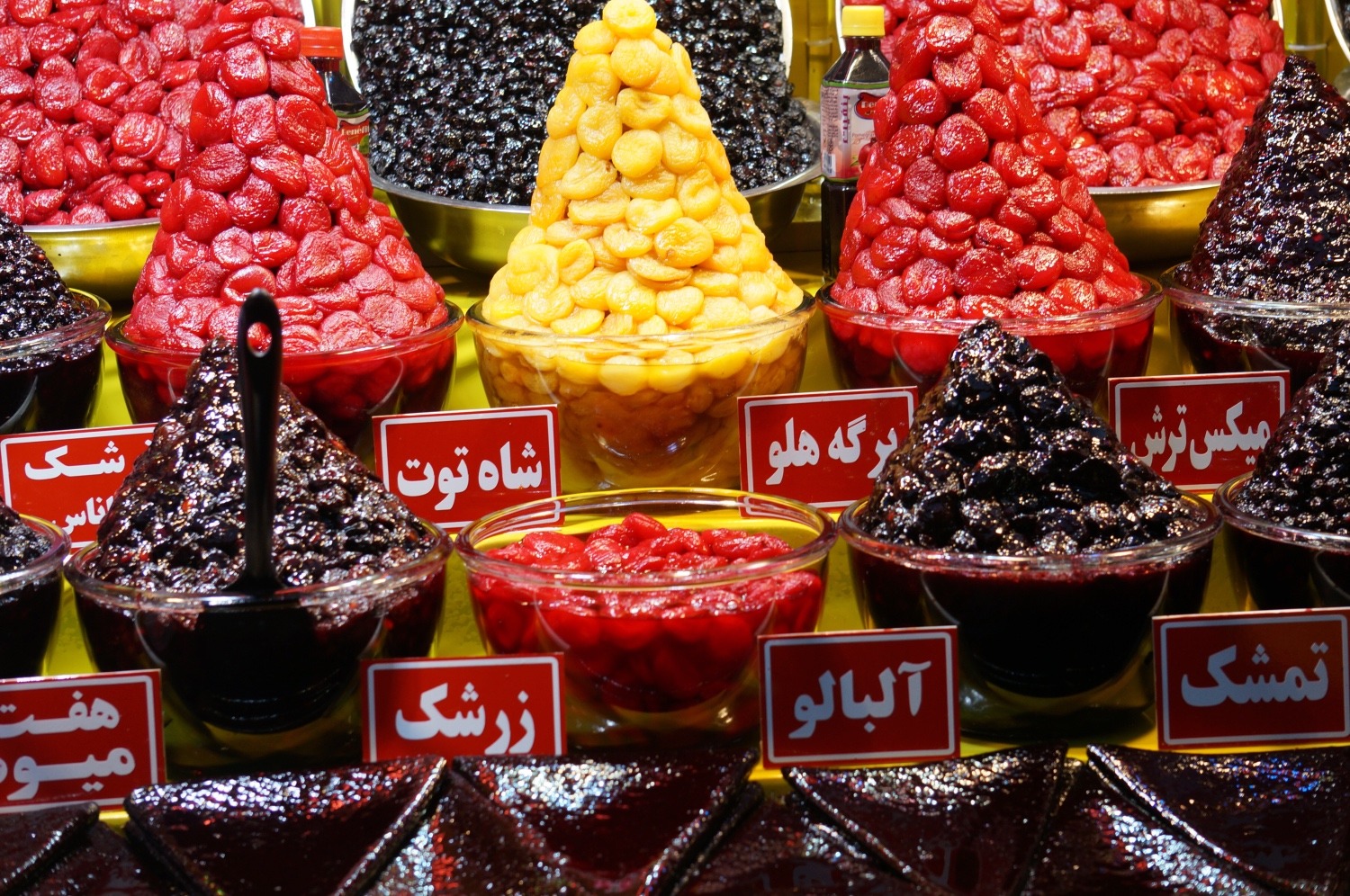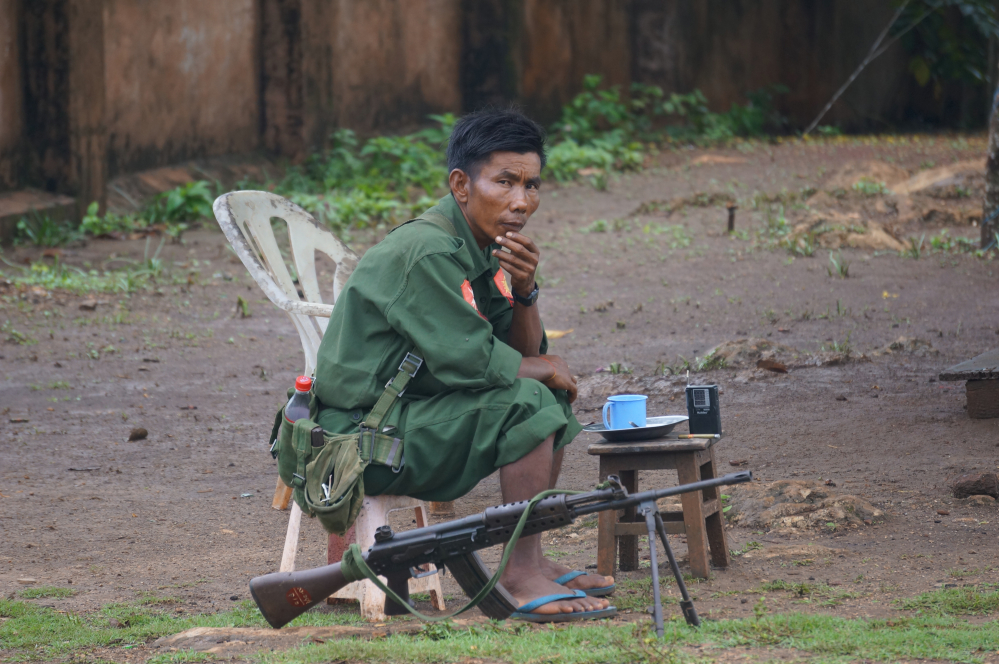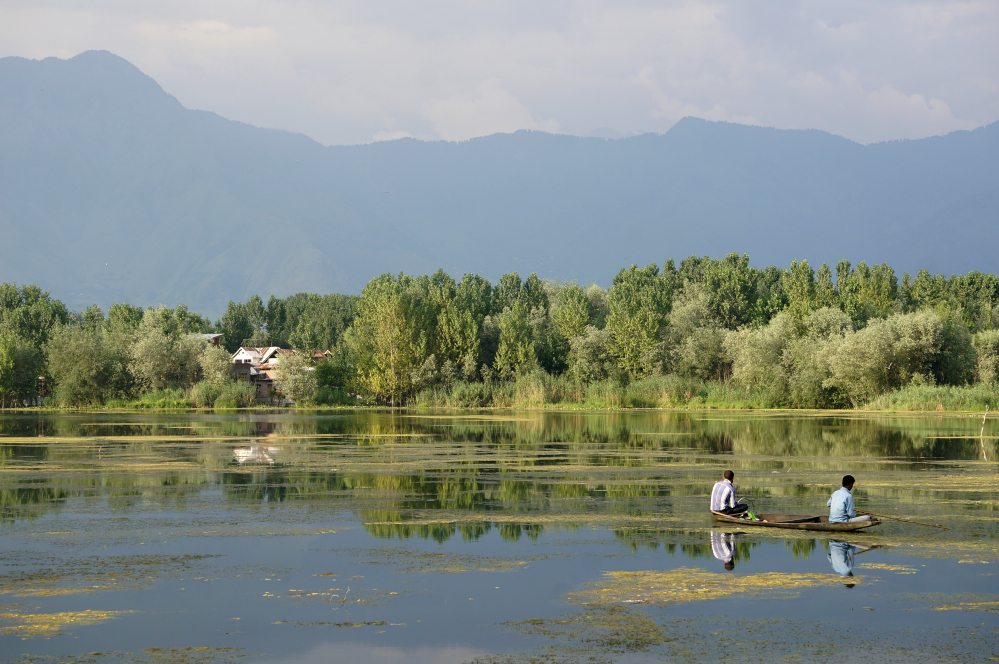I must admit, when I flew to Iran without having secured a visa, I was slightly concerned that I would be turned around at the airport and sent straight home. I’m not a nervous traveller and the Iranian embassy in Canberra had assured me it would be possible to secure a visa-on-arrival, but even so, I wasn’t convinced. As it turned out, acquiring the visa was a simple, if lengthy, process.
I was surprised by how European Tehran felt. In the centre of town there were shops and cafes and restaurants filled with young and old. Couples held hands on park benches. There was an arts district where the avant-garde students socialised. There was a fine working metro and buses that sat in traffic with people squashed against windows. The majority of men were dressed in collared shirts and long pants. The younger men tended to be more daring in their fashion choices: tight pants and flash shirts. I saw the occasional religious figure, a mullah, dressed in a turban (amame) and a cape (aba). Some women wore the chador, a full-length black cloak, but most were dressed in pants and wore scarves loosely over their heads. There didn’t seem to be a rule as to how much hair must be covered, but I was later told that the religious police, known as the Gashte Ershad, arrest women who they believe are too frivolous with their scarves. The women tended to wear heavy make-up and to shape their eyebrows, some more expertly than others. At times what I thought was a surprised expression was actually bad cosmetics.
It didn’t take long before I noticed an abnormal number of women, and even some men, with plastered noses. When I say ‘an abnormal number’, I mean, every few minutes I passed someone who had undergone a nose job. In Australia, that would be something to be kept discreet, but in Iran they seemed to wear the plaster with pride as if it was a status symbol. Having noticed that, I realised that most of the noses I saw in Tehran were suspiciously perfect ski slopes. However, some were so badly altered they hurt to look at. Apparently there are 3,000 plastic surgeons and over 90, 000 nose jobs per year in Iran. If you’re interested in getting a nose job I hear they’re quite cheap there: US$1000-US$4000.
There are plenty of accommodation options in Iran, even for the budget traveller. Traditional homes and guesthouses offer dormitory quarters which can be cheap. Book in advance to secure your place. I stayed in a hotel in the centre of town and ate a basic Iranian breakfast which usually consists of flat bread with cream cheese, tomatoes, cucumbers, and carrot and cherry jam. Halfway through my pineapple juice popper I realised that it expired in ’94. Turns out there are three calendars in use in Iran: the Persian solar calendar, the Muslim (Arabic) lunar calendar (used to calculate the upcoming Islamic events such as mourning and celebration days), and the Western (Gregorian) calendar.
The Persian solar calendar, the Khorshidi, is a direct descendant of the ancient Zoroastrian calendar. It has 365 days (366 every leap year), with its New Year (No Ruz) falling on 21 March according to the Western calendar. The calendar is calculated from the first day of spring in the year of the Hejira, the flight of the Prophet Mohammed from Mecca to Medina in AD622. At the time I was drinking my juice, the year was 1393 which meant my juice expired in 1394 (’94). I was safe.
My days in Tehran were spent browsing shops and bazaars, visiting museums, and marvelling that I was actually in Iran. I exchanged my Australian dollars into Iranian Rial at a money exchange in central Tehran. Keep in mind it’s approximately 20,000 Rial to the dollar and they use the term, Toman, to mean 10 Rial. It still confuses me.
I’m not a Lonely Planet Guide, so I won’t tell you all the best bohemian places to visit, but I do have two recommendations. The first: get lost in one of Tehran’s mazy bazaars and if you get hungry, duck into a little cafe in one of the bazaars and order the lentil soup called Adasi. The second recommendation: join the local crowds at the popular river restaurants in Darband in the north end of town. When you arrive at Darband, you can stroll up the winding, mountain path illuminated by fairy lights which weaves its way alongside a river. Vendors will try to sell you sweets and ice-creams, you will learn that Iran possesses a national sweet-tooth. Young people sit on restaurant platforms overlooking the river, eating kebabs and smoking from shishas. The mood is peaceful and the scenery is charming.
From Tehran, you can travel between cities by plane, train, bus, and even taxi (which is quite affordable when in a group). My next stop: Kashan.



